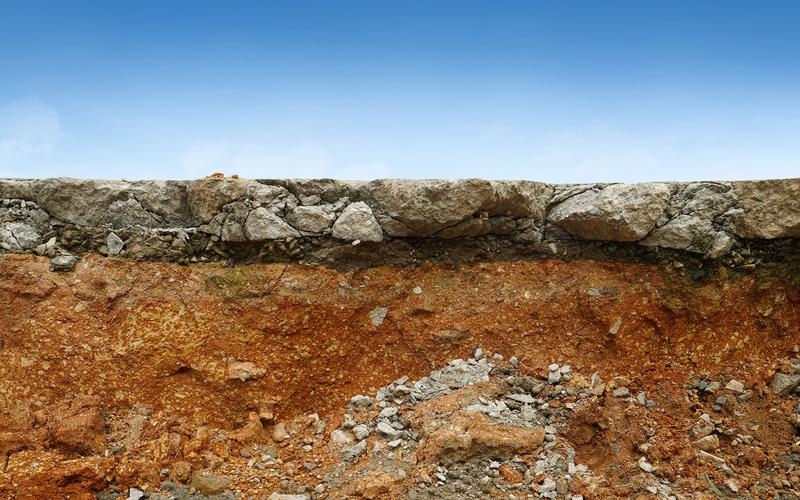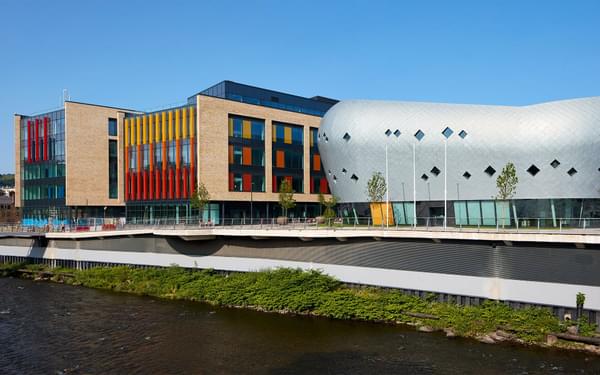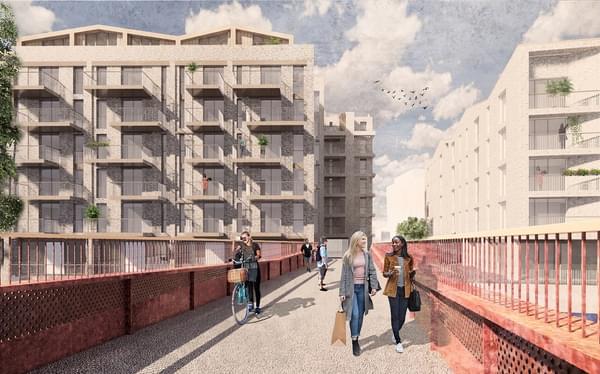Contaminated Land
Breathing life into legacy, brownfield sites, begins with detailed examination of the risk profile and a sustainable mindset to maximise the reuse of materials on-site to remedy the environmental impact of contamination.

The sustainable reuse of brownfield sites, often linked to former industrial uses, presents a perfect platform to establish future communities and modern-day commercial operations.
To realise the true asset value, and the ESG credentials of these sites, it’s important to understand the legacy issues of land and water contamination, and to devise strategies to mitigate risk, re-use waste materials on-site and minimise carbon impacts.
Understanding the development lifecycle for a brownfield site and characterising site conditions helps to determine the appropriate remedial solutions and inform the geotechnical earthworks design.
The goal is always to minimise carbon usage and to find solutions to retain materials on-site.
The skill of our geo-environmental engineers and scientists is in both the design and interpretation of site investigation work, and the subsequent creation of a remedial strategy that is lean, achieves regulatory approval, and makes the ongoing development programme viable.
The skill and knowledge of our team is exemplified by the chartership and professional accreditation of our staff, including Specialists in Land Condition (SiLC), Suitably Qualified Persons (SQP) under the National Quality Mark Scheme (NQMS), Qualified Persons under the Definition of Waste Development Industry Code of Practice, and SoBRA Accredited Risk Assessors.
Features and benefits of our service include:
- Characterising site conditions.
- Design and interpretation of site investigation work.
- Remedial options appraisals.
- Liaison with regulators.
- Qualified Persons declaration of Materials Management Plans.
- Quantitative risk assessments.
What you can expect from our contaminated land specialists
Our expertise includes:
Desk-top information is reviewed using digital data sources and tools and can be supported by a site walkover survey. We will be looking at the geology, hydrology, hydrogeology, and other environmental information, and the former usage of the site. This information is integrated to form a preliminary conceptual site model which identifies potential contaminants of concern, receptors, and pathways linking the two. If there are concerns, it will result in recommendations for further investigation and monitoring.
We review existing environmental and ground condition information to provide strategic advice on environmental liabilities and site constraints to best inform future development or investment.
Our team design and manage Phase 2 investigations using the best combination of intrusive and non-intrusive techniques to provide the robust information necessary to complete a risk-based assessment of the site.
This includes the use of geophysics, drone surveys, trial pits, boreholes and/or use of dynamic probes with specific sensors to obtain continuous data through the ground.
Groundwater, surface water, ground gas, and soil vapour is monitored continuously, remotely or in person to build up a picture of spatial and temporal variation in parameter data. The latest digital tools can be used to interpret and report the data.
Environmental regulation in the UK is risk-based and our team can design and carry out multiple levels of risk assessment for human health, ecological, controlled waters and built environment receptors using the latest models for assessing soil, water, gas and vapour data.
These risk assessments range from the relatively simple generic quantitative risk assessments to detailed quantitative risk assessments, always using robust multiple lines of evidence and sensitivity analysis to best inform interpretation and decision making.
We conduct a Remedial Options Appraisal using our knowledge of best available technologies to identify the most sustainable solution in terms of environmental impact, cost, social benefit, and programme to deal with the contaminants of concern.
We secure approval from the regulators and then collaborate with specialist remediation contractors to develop detailed remediation specifications and implementation plans which include proposals to secure verification of the works on completion.
Our approach is always to minimise off-site disposal of materials and to design a remedial approach that is best integrated with other ground-related activities that may be associated with the site.
We develop and provide a Qualified Persons (QP) declaration for Materials Management Plans (MMP) that detail how existing materials will be reused safely and appropriately, avoiding off-site disposal, reducing construction vehicle movements and keeping materials on-site.
MMPs significantly improve the sustainability and lessen the environmental impact of developments. We provide the required regulatory evidence to secure the necessary permits to undertake the excavation and reuse of materials.
For the evolution of brownfield sites, our approach is to understand the complete proposed development lifecycle. This enables us to recommend phased remedial strategies and identify opportunities to re-use materials in ground improvements, foundations, or simply the least sensitive areas of a wide, and complex site.















